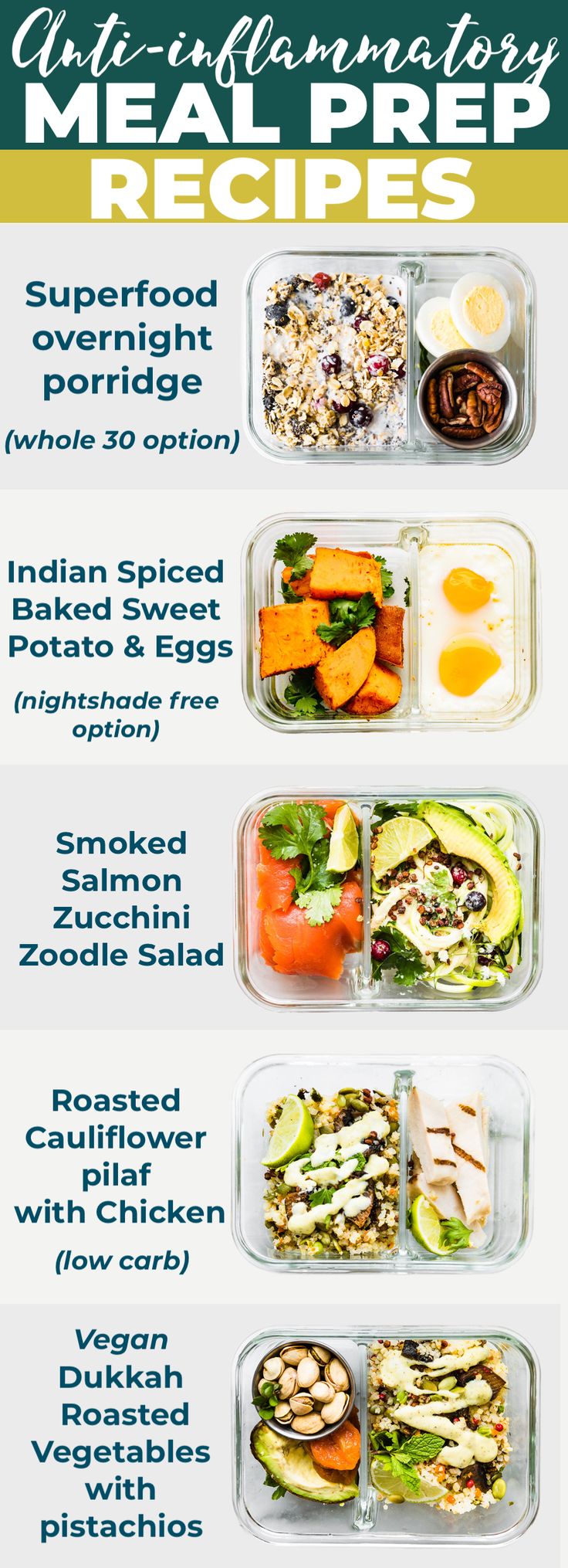
Having a good diet plan for arthritis can improve the quality of life for arthritis patients. This is because there are many dietary changes that can help relieve the pain and inflammation of arthritis. Proper diet can also prevent joint damage.
It is possible to avoid certain foods when you have arthritis. Vegetarian diets are the best for arthritis. They can reduce pain in joints and help with discomfort. This diet plan also includes plenty of fruits and veggies, as well omega-3 fatty acids obtained from fish. Two of the most common symptoms of arthritis are inflammation and pain. Fish oil has fatty acids that can reduce pain. These acids also have a calming impact on the body, decreasing stiffness and alleviating arthritis pain.
A diet plan to treat arthritis should avoid high-sodium meals, as these can lead to swelling. Saturated fat should be avoided. Saturated Fat can make arthritis worse and also lead to obesity. Sugary foods can also trigger inflammation. Refined and processed carbohydrates such as white bread, crackers and potato fries have a high glycemic index.

Include Omega-3 fatty oils, which can be found in fish, flaxseeds or walnuts in your diet plan to treat arthritis. These antioxidant-rich veggies and fruits will help prevent the degrading of cartilage. The antioxidants also strengthen the capillary wall and help fight many health problems.
Additionally, omega-3 fatty acid can help with weight loss. This is especially important for arthritis patients. They can help reduce pain, inflammation, and protect joints from damage.
You should also include vegetables in your diet plan for patients with arthritis. These foods are full of nutrients and vitamins. These vegetables contain antioxidants that are important for the synthesis of collagen and other structural components of the body. Whole pulses will be included in the diet plan to treat arthritis. These whole pulses are high in fiber. Fish can also be poached, steamed, or cooked. Fish is also good for your protein intake. These proteins are good for your bones and joints.
Drinking water is important. Water fights inflammation, and helps preserve cartilage. Water should be consumed before meals. You can also lose weight by drinking lots water. Also, avoid drinking alcohol. You should also avoid alcohol. It increases the blood uric acid which causes more pain in joints.

Tea is also a good option, as it has strong antiinflammatory properties. Tea is good for cartilage preservation and pain relief. A good combination is lemon and tea. Additionally, tea contains polyphenols which are good for patients suffering from arthritis.
Balanced diets that include high levels of antioxidants and omega-3 fat acids are the best for arthritis. The fatty acids in fish are also beneficial for the heart and joints, so you'll be able to reduce pain and inflammation.
FAQ
How can you live your best life every day?
It is important to identify what makes you happy. Once you know what makes you happy, you can work backwards from there. You can also ask other people how they live their best lives every day.
You can also read books by Wayne Dyer, such as "How to Live Your Best Life". He speaks about happiness and fulfillment in all areas of life.
What is the difference of fat and sugar?
Fat can be a source of energy that is obtained from food. Sugar is a sweet substance found naturally in fruits and vegetables. Both sugars and fats have the same calories. Fats have twice the calories of sugars, however.
Fats can be stored in the body, which can lead to obesity. They can cause cholesterol buildup which can lead to strokes and heart attacks.
Sugars are quickly absorbed and provide instant energy. This causes blood glucose levels to rise. High blood glucose levels can lead to type II diabetes.
What can be done to increase your immune system's effectiveness?
The human body is composed of trillions if not billions of cells. These cells work together to form organs and tissues that perform specific functions. When one cell dies, another cell replaces it. The chemical signals known as hormones are used to communicate between cells. Hormones regulate every bodily process, from growth and development to metabolism as well as immunity.
Hormones are chemicals secreted by glands throughout the body. They travel through the blood stream and act like messengers to control how our bodies function. Some hormones come from the body and others are produced outside.
Hormone production occurs when a hormone producing gland releases its contents to the bloodstream. Once hormones are released, they move through the body to reach their target organ. In some cases, hormones remain active only for a short period of time. Other hormones remain active longer and still have an influence on the body's functioning long after they leave bloodstream.
Some hormones are produced in large quantities. Some hormones are produced in large quantities.
Some hormones are made at specific times in your life. The production of estrogen can occur during puberty and pregnancy, as well as menopause and old age. Estrogen aids women in developing breasts, maintaining bone density and preventing osteoporosis. It helps to stimulate hair growth and maintains skin's softness.
How does an antibiotic work?
Antibiotics can be used to kill bacteria. Antibiotics are used for treating bacterial infections. There are many types and brands of antibiotics. Some can either be administered orally, while others may be injected. Other antibiotics can also be applied topically.
Antibiotics can often be prescribed for people who have been infected with certain germs. One example is if someone has had chickenpox and wants to prevent shingles. An injection of penicillin may be necessary to prevent pneumonia if someone has strep.
A doctor should give antibiotics to children. Children are more susceptible to side effects from antibiotics than adults.
The most common side effect of antibiotics is diarrhea. Side effects of antibiotics include diarrhea, stomach cramps and nausea. Most of these symptoms disappear after the treatment is completed.
Statistics
- According to the 2020 Dietary Guidelines for Americans, a balanced diet high in fruits and vegetables, lean protein, low-fat dairy and whole grains is needed for optimal energy. (mayoclinichealthsystem.org)
- WHO recommends reducing saturated fats to less than 10% of total energy intake; reducing trans-fats to less than 1% of total energy intake; and replacing both saturated fats and trans-fats to unsaturated fats. (who.int)
- Extra virgin olive oil may benefit heart health, as people who consume it have a lower risk for dying from heart attacks and strokes according to some evidence (57Trusted Source (healthline.com)
- The Dietary Guidelines for Americans recommend keeping added sugar intake below 10% of your daily calorie intake, while the World Health Organization recommends slashing added sugars to 5% or less of your daily calories for optimal health (59Trusted (healthline.com)
External Links
How To
What does "vitamin" actually mean?
Vitamins are organic compounds that can be found in foods. Vitamins are essential for our bodies to absorb nutrients from the foods we eat. The body cannot make vitamins; therefore, they must be obtained from food.
Two types of vitamins exist: water soluble and oil soluble. Water soluble vitamins dissolve easily in water. You can find vitamin C,B1 or thiamine, B2 or riboflavin and B3 or niacin. B6 is pyridoxine. Folic acid, biotin and pantothenic are some examples. Fat soluble vitamins are stored in the liver and fatty tissue. Examples include vitamin D, E, K, A, and beta carotene.
Vitamins are classified according their biological activity. There are eight main groups of vitamins.
-
A – Essential for normal growth, and the maintenance of good health.
-
C – essential for proper nerve function.
-
D - Vital for healthy bones and teeth
-
E is required for good vision and reproduction.
-
K - Required for healthy nerves and muscles.
-
P – Vital for building strong bones.
-
Q - aids digestion and absorption of iron.
-
R - Red blood cells are made from red blood cells.
The recommended daily allowance for vitamins (RDA) varies according to age, gender, or physical condition. RDA values are set by the U.S. Food and Drug Administration (FDA).
For adults aged 19 and older, the RDA for vitamin B is 400 micrograms daily. For fetal development, pregnant women require 600 micrograms per daily. Children ages 1-8 require 900 micrograms per day. For infants younger than one year, 700 micrograms are required daily. However, this number drops to 500 micrograms each day for children aged 9-12 months.
Children aged 1-18 require 800 micrograms of sugar per day, while those who weigh more than 1200 need 1000. For their nutritional needs, underweight children need 1200 mg per day.
Children 4-8 years old with anemia will need 2200 mg of vitamin D daily.
2000 micrograms are required daily for good health in adults over 50. Breastfeeding or pregnant women require 3000 micrograms per daily due to higher nutrient demands.
1500 micrograms is the recommended daily intake for adults aged 70+, as they lose 10% of their muscle every ten years.
Women who are pregnant and lactating need more nutrients than the RDA. Pregnant women require 4000 micrograms daily during pregnancy, and 2500 micrograms every day after birth. Breastfeeding mothers need 5000 mg per day when breastmilk is being produced.